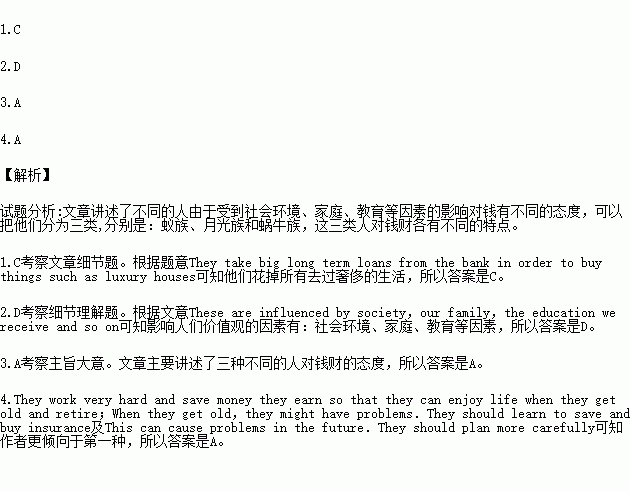Understanding the Differences Between Federal Direct Subsidized Loan vs Unsubsidized: Which One is Right for You?
#### Federal Direct Subsidized Loan vs UnsubsidizedWhen it comes to financing your education, understanding the differences between the **Federal Direct Sub……
#### Federal Direct Subsidized Loan vs Unsubsidized
When it comes to financing your education, understanding the differences between the **Federal Direct Subsidized Loan** and the **Unsubsidized Loan** is crucial. Both types of loans are offered by the federal government to help students cover the cost of their education, but they come with different terms, eligibility requirements, and repayment options. In this article, we will explore these differences in detail, helping you make an informed decision about which loan may be the best fit for your financial situation.
#### What is a Federal Direct Subsidized Loan?
The **Federal Direct Subsidized Loan** is designed for undergraduate students who demonstrate financial need. The key feature of this loan is that the government pays the interest while the student is enrolled in school at least half-time, during the grace period after graduation, and during any deferment periods. This means that the total amount you owe when you graduate will be less than what you would owe with an unsubsidized loan, making it an attractive option for many students.
To qualify for a **Federal Direct Subsidized Loan**, you must complete the Free Application for Federal Student Aid (FAFSA) and demonstrate financial need based on your family’s income and other factors. The amount you can borrow is also limited based on your year in school and whether you are considered a dependent or independent student.

#### What is an Unsubsidized Loan?
In contrast, the **Unsubsidized Loan** is available to both undergraduate and graduate students, regardless of financial need. This type of loan does not require you to demonstrate financial need, which makes it a more accessible option for many students. However, the major drawback is that interest begins accruing as soon as the loan is disbursed, meaning that the total amount you owe can grow significantly over time if you do not make interest payments while in school.
Similar to the subsidized loan, to qualify for a **Unsubsidized Loan**, you must also complete the FAFSA. The borrowing limits for unsubsidized loans are generally higher than those for subsidized loans, which can be beneficial for students who need to cover a larger portion of their educational expenses.
#### Key Differences Between Federal Direct Subsidized Loan vs Unsubsidized

1. **Interest Payments**: The most significant difference is how interest is handled. With the **Federal Direct Subsidized Loan**, the government covers the interest while you are in school, whereas with the **Unsubsidized Loan**, interest accrues from the moment the loan is disbursed.
2. **Eligibility**: Subsidized loans are only available to undergraduate students who demonstrate financial need, while unsubsidized loans are available to both undergraduate and graduate students without regard to financial need.
3. **Borrowing Limits**: The borrowing limits for subsidized loans are generally lower than those for unsubsidized loans, which can impact your overall financial strategy for funding your education.
4. **Repayment Options**: Both types of loans offer similar repayment plans, but the amount you owe at the end of your studies can differ significantly due to the interest accrual on unsubsidized loans.

#### Conclusion
Choosing between a **Federal Direct Subsidized Loan** and an **Unsubsidized Loan** can have a lasting impact on your financial future. If you qualify for a subsidized loan, it is often the better choice due to the government covering the interest while you are in school. However, if you do not qualify or need to borrow more than the subsidized limits, an unsubsidized loan may be your only option. Always consider your financial situation, future earning potential, and the total cost of borrowing when making your decision.